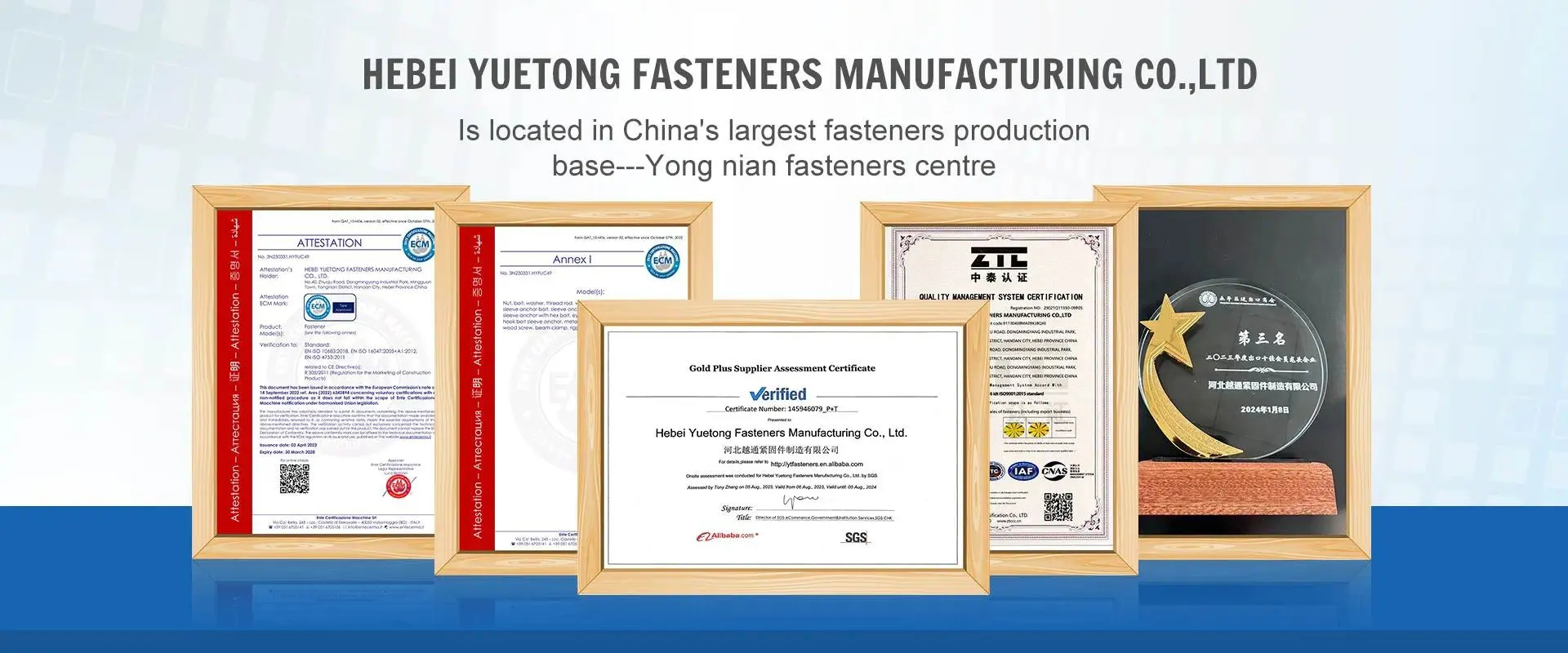Ago . 14, 2024 02:02 Back to list
Understanding the Role of Wedges in Enhancing Post-Tensioning Systems for Structural Integrity
Wedges in Post-Tensioning An Overview
Post-tensioning is a modern method of reinforcing concrete, widely used in various construction projects, including bridges, buildings, and parking structures. This technique enhances the structural integrity and durability of concrete elements, allowing for longer spans and thinner slabs. At the heart of post-tensioning systems are the wedges, which play a critical role in the effective performance of the entire system.
Understanding Post-Tensioning
Post-tensioning involves the placement of high-strength steel tendons within the concrete forms before the concrete is poured. Once the concrete has cured, the tendons are tensioned using hydraulic jacks. This tensioning process places the concrete into compression, counteracting tensile stresses that occur during use, and significantly improving the material's ability to withstand loads.
The Role of Wedges
Wedges are essential components in post-tensioning systems. They are typically made of stainless steel or high-strength steel and serve several vital functions. When the tendons are pulled tight, the wedges grip the steel strands, allowing the tension force to be effectively transferred to the concrete.
There are primarily two types of wedges used in post-tensioning mechanical and hydraulic. Mechanical wedges are designed to hold the tendons in place when tension is applied, while hydraulic wedges utilize hydraulic pressure to provide a more even and adjustable force distribution.
Advantages of Wedges
1. Enhanced Load Transfer Wedges facilitate the transfer of tension from the steel tendons to the concrete. By securely anchoring the tendons, wedges ensure that the intended compressive forces are effectively utilized, maximizing the structural capacity of the concrete.
wedges in post tensioning

2. Ease of Installation The design of wedges allows for straightforward installation and adjustment. Post-tensioning systems can be efficiently installed and tensioned, reducing the overall construction timeline and labor costs.
3. Durability Wedges are designed to withstand harsh environmental conditions. Their resistance to corrosion and fatigue is crucial for maintaining the integrity of the post-tensioning system over the lifespan of the structure.
4. Versatility Wedges can be used in various post-tensioning applications. Whether in a simple slab or a complex bridge structure, their adaptability makes them suitable for different design requirements.
Challenges and Considerations
While wedges are integral to post-tensioning, there are challenges associated with their use. Ensuring the correct tensioning of the tendons is vital; inadequate or excessive tension can lead to structural failures. Additionally, proper alignment and installation of wedges must be adhered to in order to avoid complications during the tensioning process.
Furthermore, ongoing maintenance and inspection of the post-tensioning system are necessary to identify any signs of wear or corrosion in the wedges, which could compromise the system's performance. Employing best practices during installation and maintenance is essential to prolong the life of the structure.
Conclusion
Wedges in post-tensioning systems are more than just simple components; they are crucial for transferring tension effectively, ensuring the longevity and strength of reinforced concrete structures. As construction technologies continue to evolve, the design and materials used for wedges will likely advance, further enhancing their performance and reliability. Understanding the importance of wedges in post-tensioning systems is key for engineers and construction professionals as they strive to deliver safer and more efficient structures in an ever-changing construction landscape.
-
The Ubiquitous Reach of DIN934 in Application Realms
NewsMay.16,2025
-
Exploring Different Bolt Types
NewsMay.16,2025
-
Cracking the Code of Sleeve Anchor Mastery
NewsMay.16,2025
-
Clamp Design Principles,Types and Innovations
NewsMay.16,2025
-
Artistry Inspired by the Humble Anchor Bolt
NewsMay.16,2025
-
A Deep Dive into Screw Types
NewsMay.16,2025


